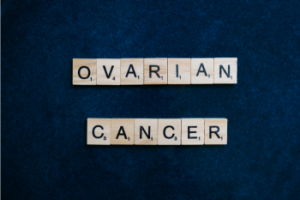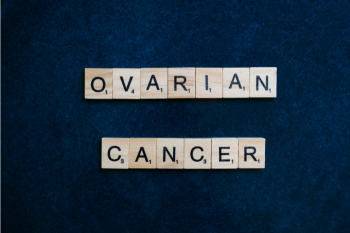 Ovarian cancer is a type of cancer that starts in the ovaries, the female reproductive organs that produce eggs. It is the fifth most common cancer in women and the most deadly of all gynecologic cancers. In this blog post, Marla Ahlgrimm will discuss the causes, symptoms, and treatment options for ovarian cancer.
Ovarian cancer is a type of cancer that starts in the ovaries, the female reproductive organs that produce eggs. It is the fifth most common cancer in women and the most deadly of all gynecologic cancers. In this blog post, Marla Ahlgrimm will discuss the causes, symptoms, and treatment options for ovarian cancer.
Causes of Ovarian Cancer
The exact cause of ovarian cancer is not known, but Marla Ahlgrimm says there are certain factors that can increase a woman’s risk of developing the disease. These factors include:
- Age: Women over the age of 50 are at higher risk of developing ovarian cancer.
- Family history: Women who have a family history of ovarian cancer or breast cancer are at higher risk of developing the disease. Marla Ahlgrimm notes that family history is a factor in most genetic diseases.
- Inherited gene mutations: Some inherited gene mutations, such as BRCA1 and BRCA2, can increase a woman’s risk of developing ovarian cancer. A woman’s doctor can order a test to look for these markers, and many consumer DNA testing agencies scan for these as well.
- Reproductive history: Women who have never been pregnant or who have had trouble getting pregnant may be at higher risk of developing ovarian cancer.
- Hormone therapy: Some studies suggest that long-term use of hormone replacement therapy (HRT) may increase the risk of developing ovarian cancer.
Symptoms of Ovarian Cancer
Marla Ahlgrimm claims that ovarian cancer is often called the “silent killer” because it often has no symptoms until it has spread to other parts of the body. However, there are some symptoms that women should be aware of, including:
- Bloating or swelling of the abdomen
- Pelvic pain or pressure
- Difficulty eating or feeling full quickly
- Urinary symptoms, such as urgency or frequency
- Fatigue or low energy
- Back pain
It is important to note that these symptoms can be caused by other conditions as well, and having these symptoms does not necessarily mean that a woman has ovarian cancer. However, if a woman is experiencing any of these symptoms, Marla Ahlgrimm stresses that she should speak with her healthcare provider.
Treatment Options for Ovarian Cancer
The treatment for ovarian cancer will depend on the stage and type of the cancer, as well as the woman’s overall health. Marla Ahlgrimm says that current treatment options for ovarian cancer may include:
- Surgery: Surgery is the primary treatment for ovarian cancer. The goal of surgery is to remove as much of the cancer as possible. In some cases, Marla Ahlgrimm says the ovaries, fallopian tubes, uterus, and other nearby tissues may need to be removed.
- Chemotherapy: Chemotherapy is a type of cancer treatment that uses drugs to destroy cancer cells. Chemotherapy may be given before or after surgery, depending on the stage of the cancer.
- Radiation therapy: Radiation therapy is a type of cancer treatment that uses high-energy radiation to kill cancer cells. Radiation therapy may be used in some cases of ovarian cancer, but it is not commonly used.
It is important to note that the treatment for ovarian cancer can have side effects, such as fatigue, nausea, and hair loss. Women who are undergoing treatment for ovarian cancer should speak with their healthcare provider about ways to manage these side effects.
Preventing Ovarian Cancer
There is no surefire way to prevent ovarian cancer, but there are some steps that women can take to reduce their risk of developing the disease. These steps include:
- Birth control: Women who use birth control pills for five years or more have a lower risk of developing ovarian cancer.
- Pregnancy and breastfeeding: Women who have had one or more full-term pregnancies and who have breastfed have a lower risk of developing ovarian cancer. Marla Ahlgrimm asserts that this is just one of the many benefits of breastfeeding.

- Removal of ovaries and fallopian tubes: Women who have a high risk of developing ovarian cancer, such as those with BRCA1 or BRCA2 mutations, may choose to have their ovaries and fallopian tubes removed to reduce their risk of developing the disease.














 Marla Ahlgrimm has co-authored two ground-breaking books,
Marla Ahlgrimm has co-authored two ground-breaking books,